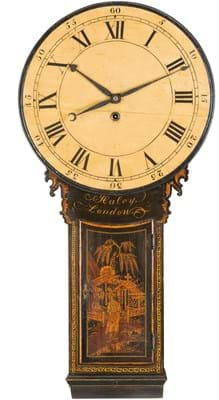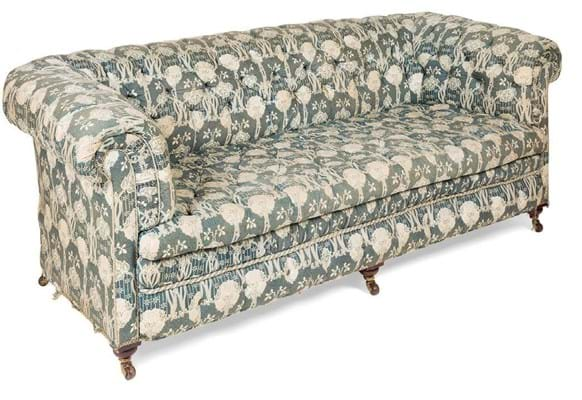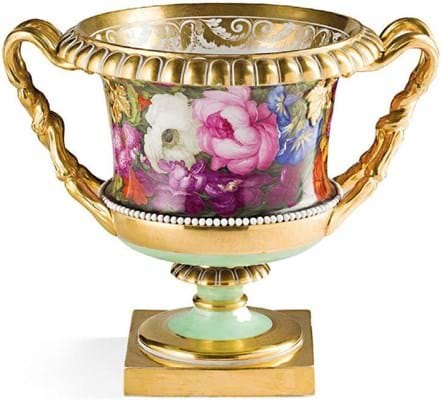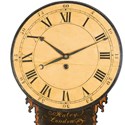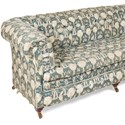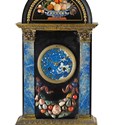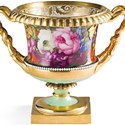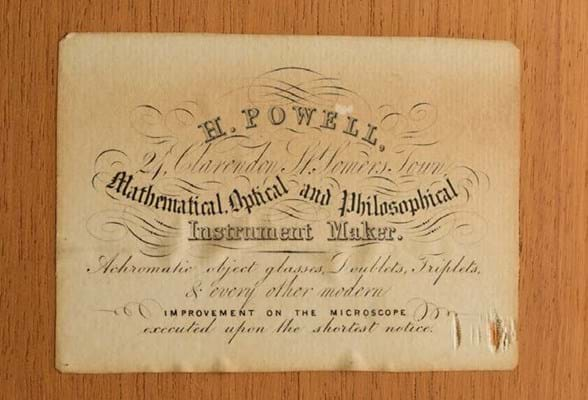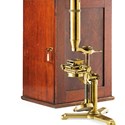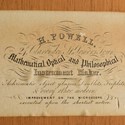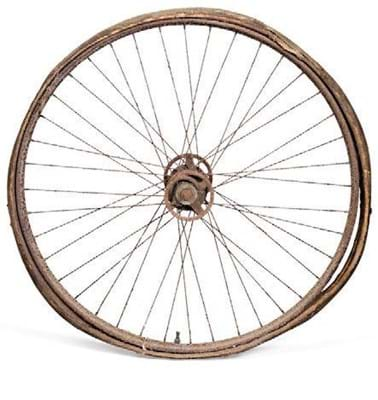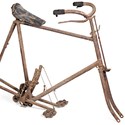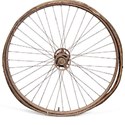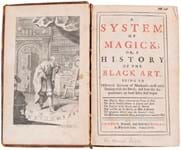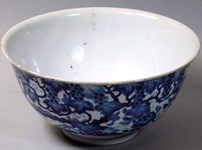The Lyon & Turnbull (25% buyer’s premium) £904,000 Five Centuries sale in Edinburgh on September 2-3 was fired by the consignment of furniture and works of art from Balcarres House in Fife, home to the Lindsay family since 1595.
The auction house had sold some fine, and equally well-received, Qing porcelains and enamels from this source as part of an Asian art sale earlier this year.
These more eclectic 206 lots provided a cross-section of life in a grand country mansion – and evidence that the British country house look has not wholly fallen from fashion. A total of 1836 bidders registered for the sale, some 1626 of them choosing to take part across four online bidding platforms.
“The collection provided a rare glimpse into another world and a time gone by, and it truly captured the spirit we aim to achieve in our Five Centuries auctions,” said specialist Douglas Girton.
“From the rare and beautiful terracotta study of Bacchus and Ariadne by Giuseppe Piamontini [sold to an Italian buyer for £13,000 and pictured in last week’s News pages] to objects such as a rare Victorian bicycle, buyers responded with huge enthusiasm.”
Rare textile
Balcarres House offered both typical country house fare and some far more ‘serious’ and esoteric objects.
Foremost among some outstanding textiles was a rare 17th century Indo- Portuguese embroidered coverlet worked in chain-stitched yellow tussah silk threads on a cotton ground with a central profile portrait of a ruler within bands of musicians, hunters, boats, fish and animals.
It measured 9ft 10in x 8ft 2in (3.01 x 2.49m and Girton found it deep in storage among a pile of curtains.

A 17th century Indo-Portuguese embroidered colcha – £15,000 at the sale of works from Balcarres House in Fife held by Lyon & Turnbull.
Coverlets of this type (often referred to by the Portuguese term colcha) are associated with the Bengali port city of Satgaon and were produced primarily for export during the mid-16th to the mid-17th centuries.
The embroidery techniques are indigenous to India, but the subject matter and monochrome palette reflect European tcolastes.
Similar pieces have been offered on the London market in recent years: a related example sold for £8500 at Bonhams in April 2019 while another failed to sell at £20,000-30,000 at Sotheby’s in July this year.
This one tripled the top estimate to sell to a Portuguese buyer at £15,000.
One of the most eagerly competed lots – estimated at £2000-3000 but sold to a UK buyer at £14,000 – was a French Empire period mantel clock, c.1820, combining a twin-train eight-day movement by Paris maker Hunziker with a spectacular 22in (55cm) high marble and hardstone case.
Recalling the work of the Grand Ducal workshops in Florence, it featured pilasters and a dial in lapis lazuli pilasters, high relief pietra dura garlands of ribbons and fruit and gilt bronze mounts.
Upholstered stars
More typical county house furnishings sold solidly against what were generally attractive numbers.
An array of 19th and early 20th century upholstered furniture was particularly popular.
A pair of 7ft 4in (2.25m) late Regency rosewood framed sofas brought £12,000 (estimate £2000- 3000) and a chesterfield upholstered in an Art Nouveau style fabric in the manner of The Silver Studio raced to £4200 (estimate £400-600).
Also well above the printed guide was a textbook 3ft (1.12m) high ‘tavern’ clock with a japanned chinoiserie scene to the case and a white painted dial inscribed Haley,
London. It was probably by Charles Haley, a distinguished maker who, working from Wigmore Street, was a member of the Clockmakers Company from 1781-1823.
Estimated at £600-800, it was one of the watched items on thesaleroom.com – more than 100 hopefuls registered their interest – but few can have been too surprised to see it bring £6000.
Famous microscopes
Specialist buyers competed to own a 19in (48cm) high brass monocular compound and simple non-inclining microscope made to a design published by Andrew Pritchard (of 162 Fleet Street) in 1834 but bearing the maker’s label for Hugh Powell (1799-1883) of 25 Clarendon Street, Somers Town.
Relatively little is known about Powell during these early years (he appears to have worked as a supplier for the instrument trade before setting up on his own c.1840), although by 1842 he had formed the partnership with brother-in-law Peter Lealand that, as Powell & Lealand of Euston Road, would become the best-known name in the ‘brass and glass’ era of microscope production.
This rare Pritchard model, offered in its mahogany travel case complete with extra lenses and accessories, had an estimate of just £200-300. The hammer price, tendered by a collector in the US, was £8000.
Coated in rust and missing a wheel, a rare lever-driven bicycle made by the Northfleet Engineering Company in Kent sold to a UK enthusiast at £4200 (estimate £500-1000).
Safety bicycles such as this with ‘diamond’ shaped frames and equal-sized wheels first emerged in the late 1880s as an alternative to the accident-prone high-wheelers.
This particular variation dated to c.1897 has a five-speed gear system and an unusual drive train that connects the pedals to the wheel drum via a coil and pulley system.


